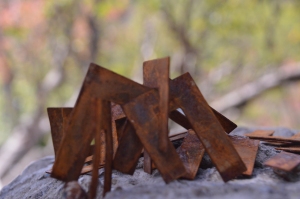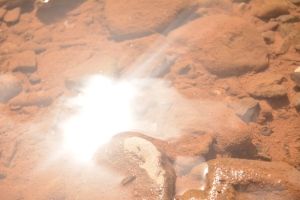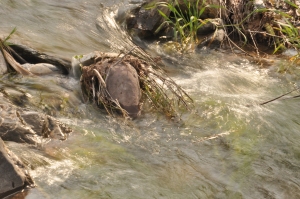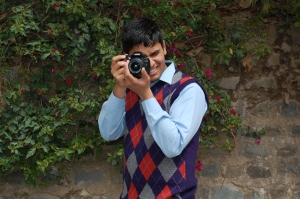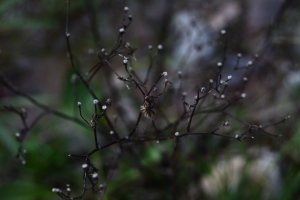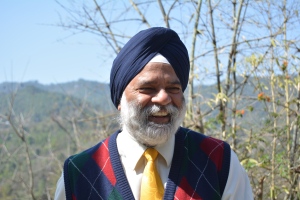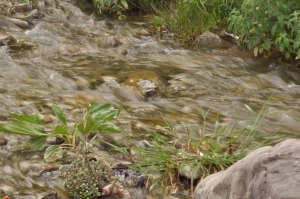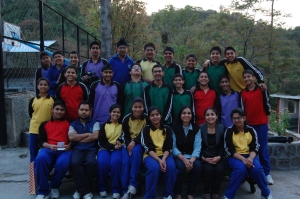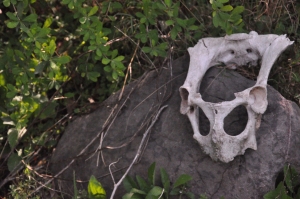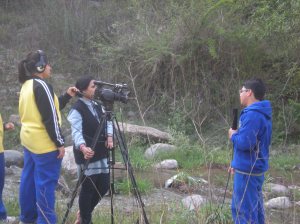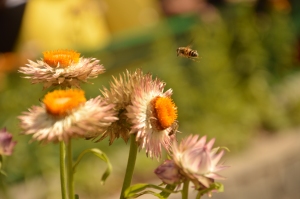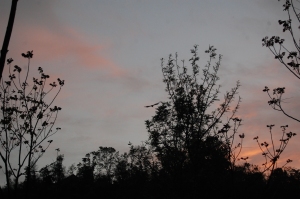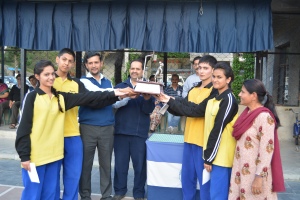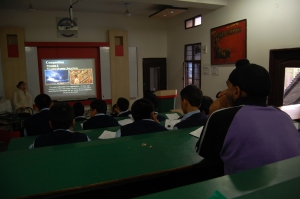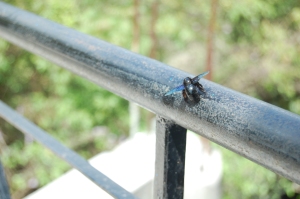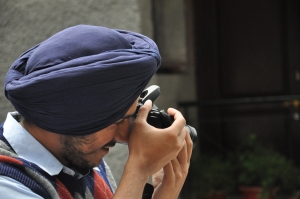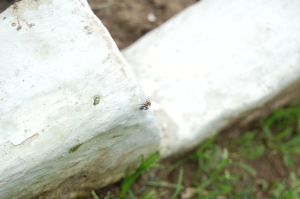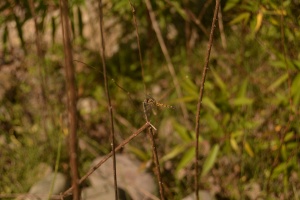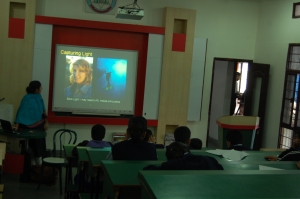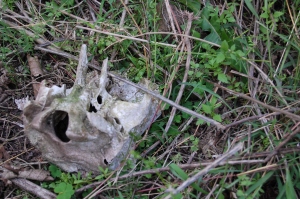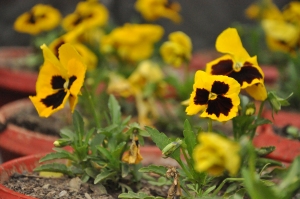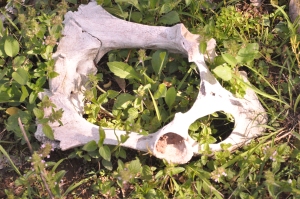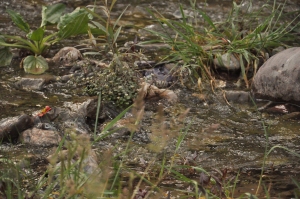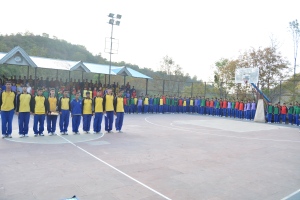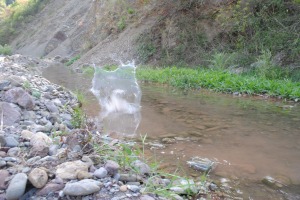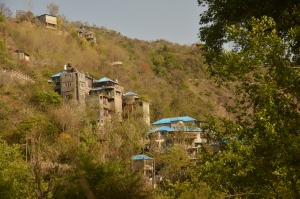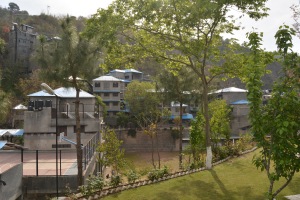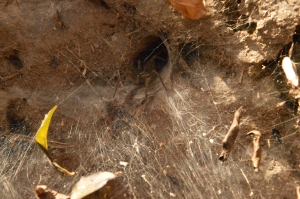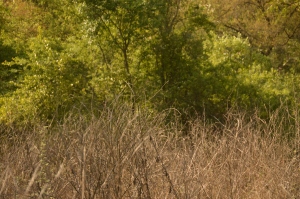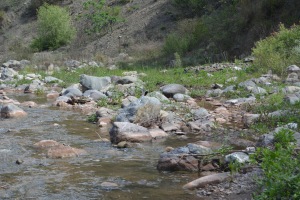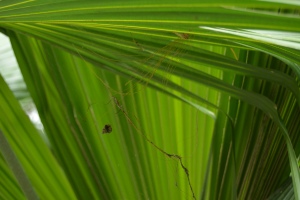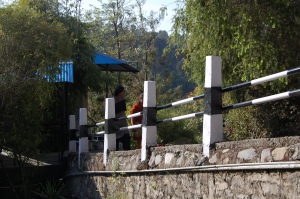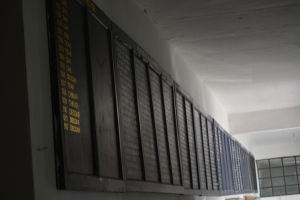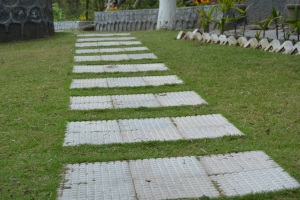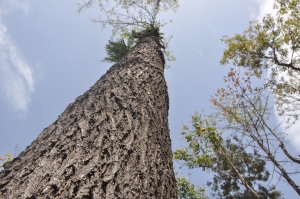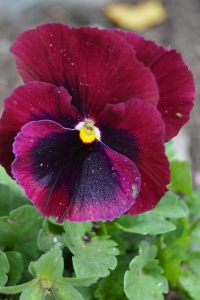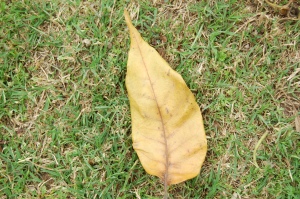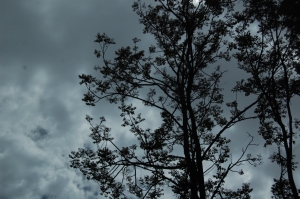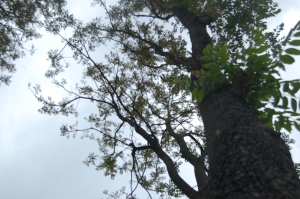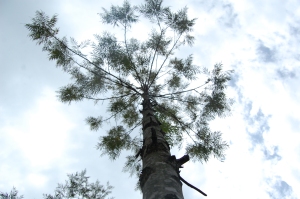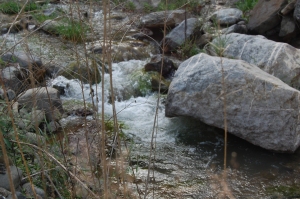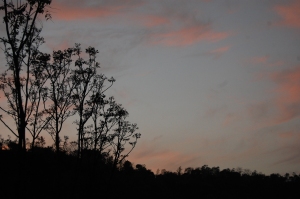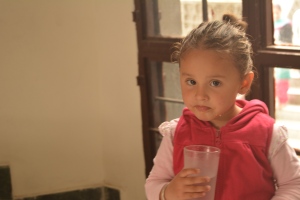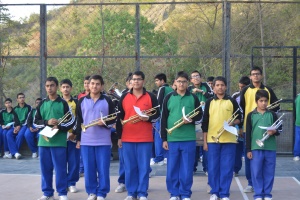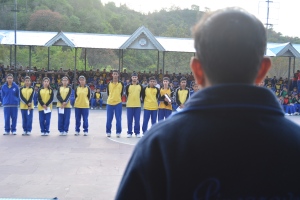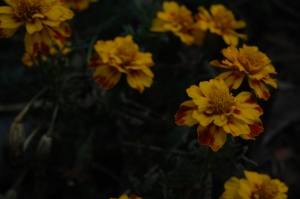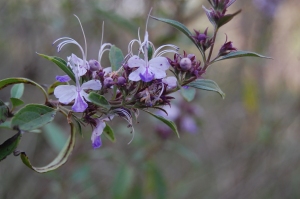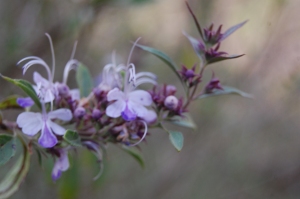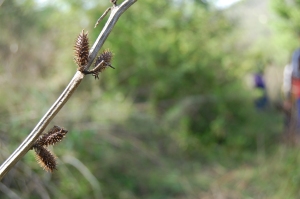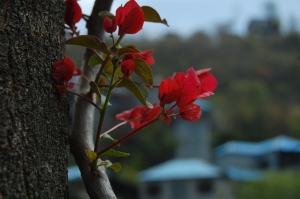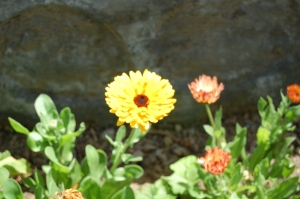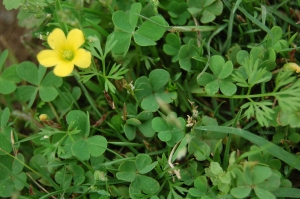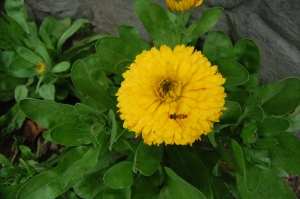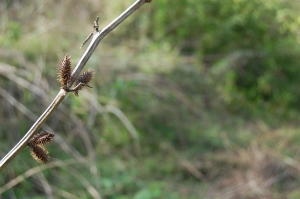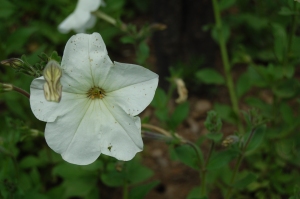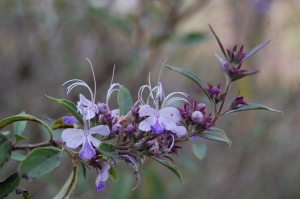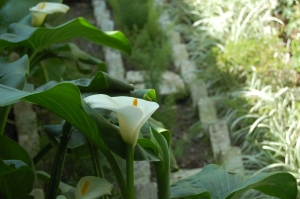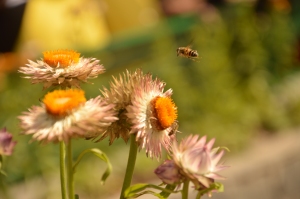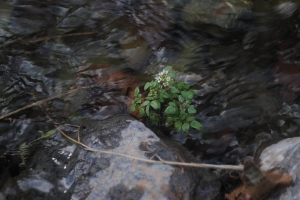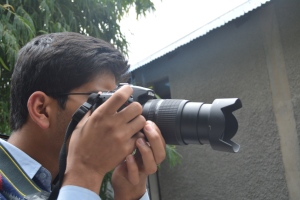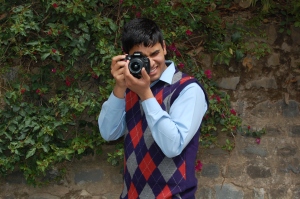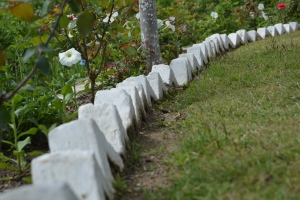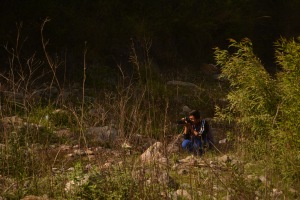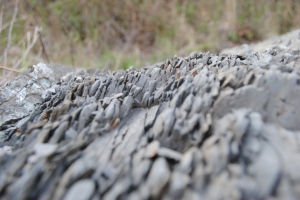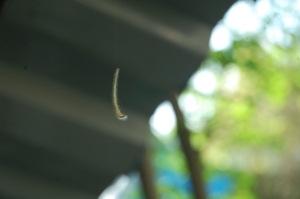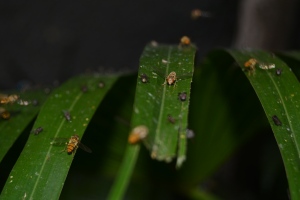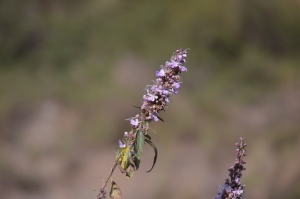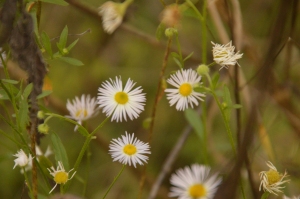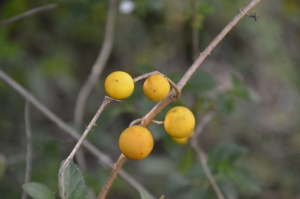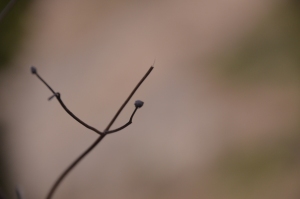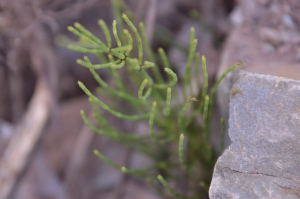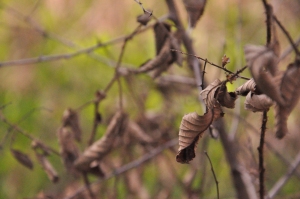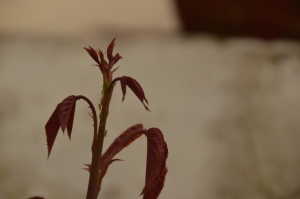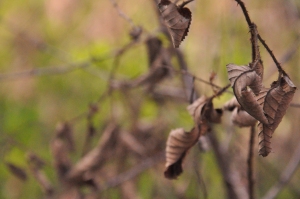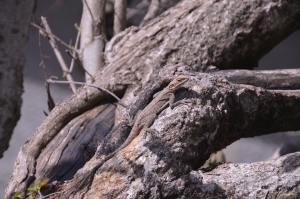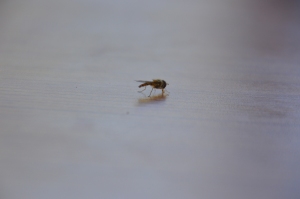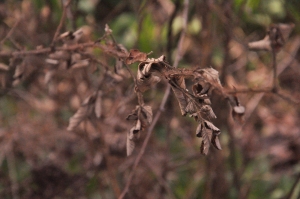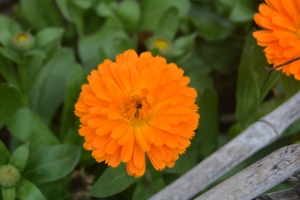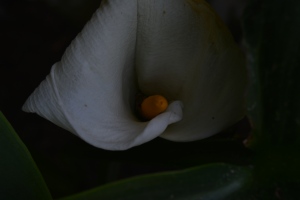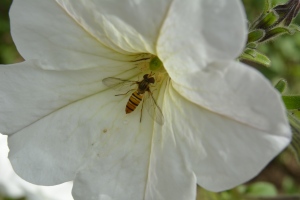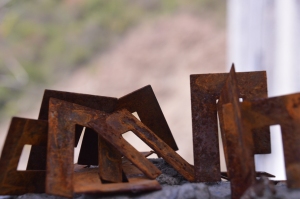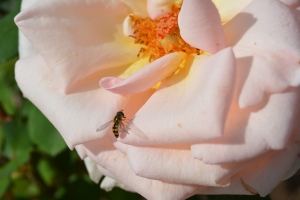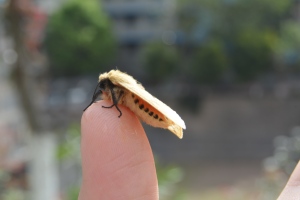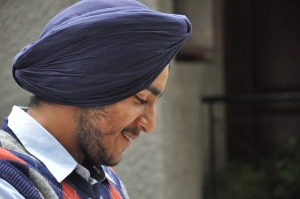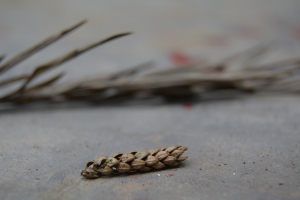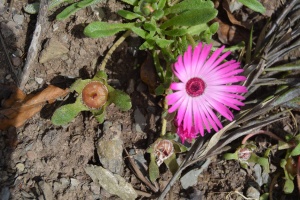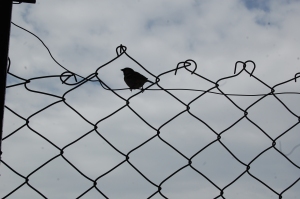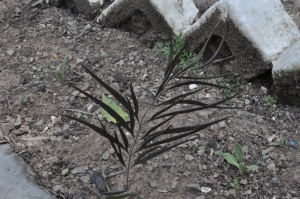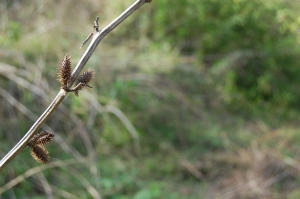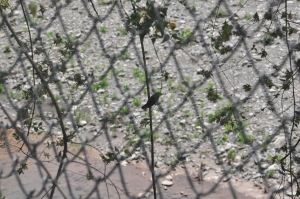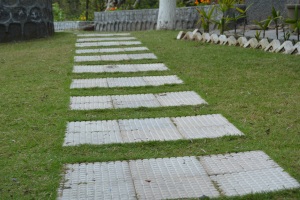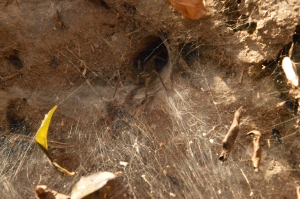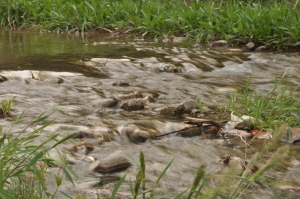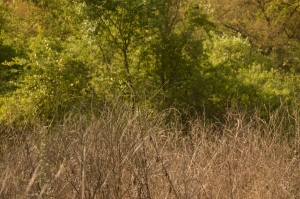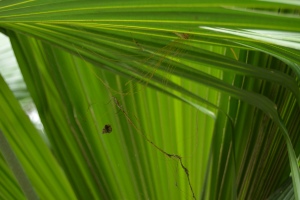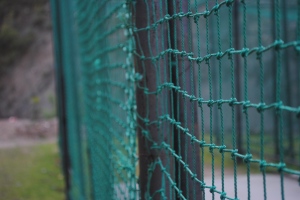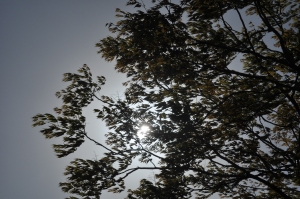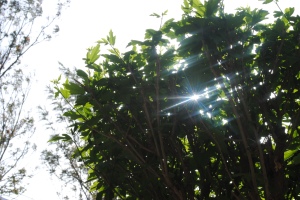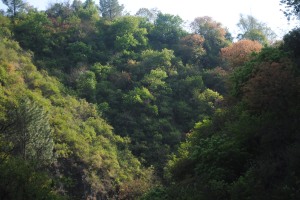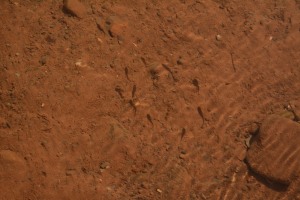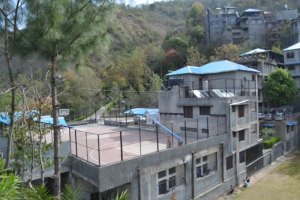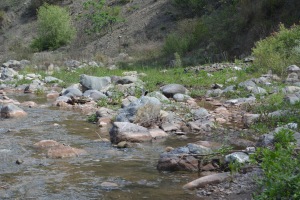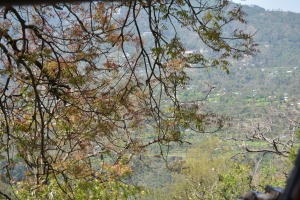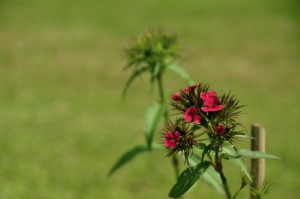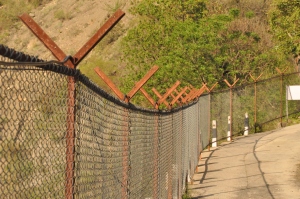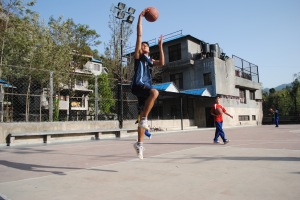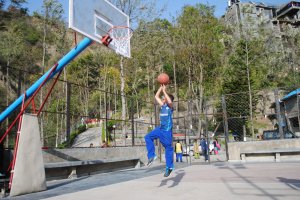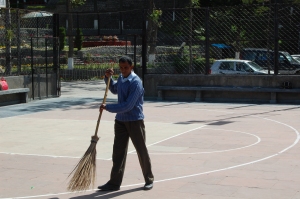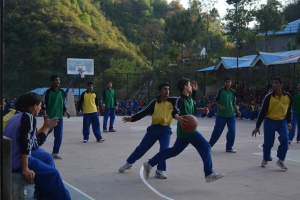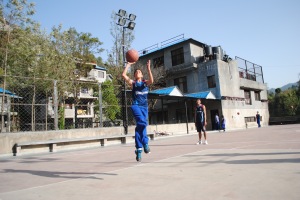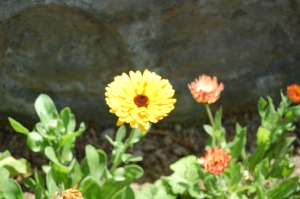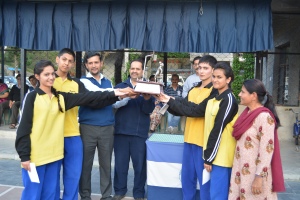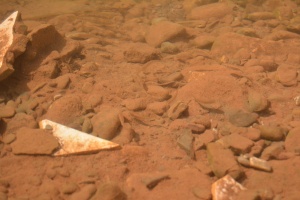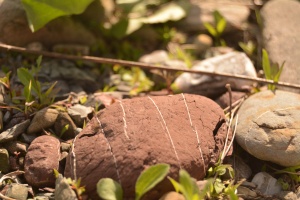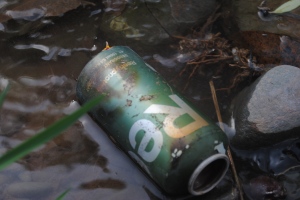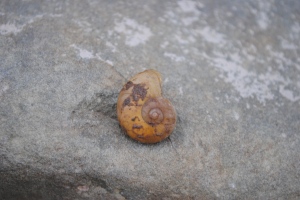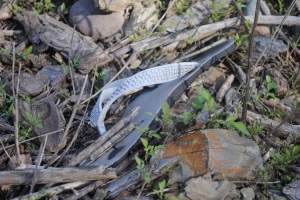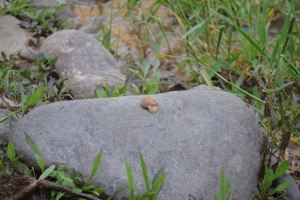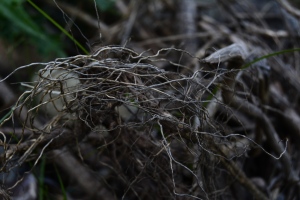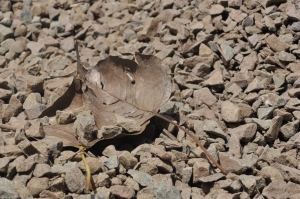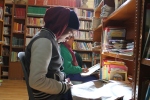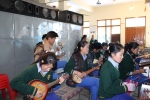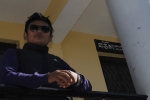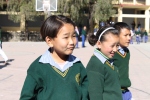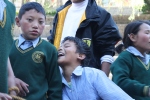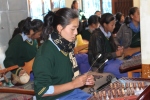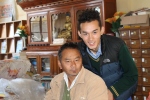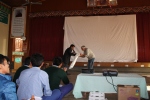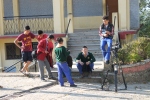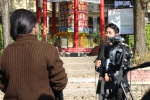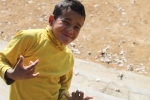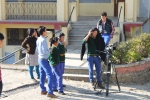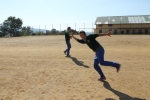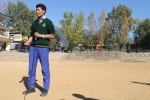-
Recent Posts
Recent Comments
Mr WordPress on Hello world! Archives
Categories
Meta
Posted in Uncategorized
Leave a comment
photographs by students in Subathu
coverage of workshop at
http://twocircles.net/2014apr19/media_workshop_school_students_hp.html#.U1LWAPmSwQV
story of the week– http://www.wesprawl.com/story-of-the-week.html
http://www.wesprawl.blogspot.in/2014/05/workshop-in-subathu-pinegrove-school.html
The list of students and budding photographers and film makers includes– AKHILESH SINGH, GAORISHA PRASHAR, HIMANI GULATI, MEHAK AGGARWAL, SHREYASHI RAJ, PALAK GOYAL, UDDYAN ARYA, INDRAYUDH CHOWDHURY, ABHISHEK KAUSHIK, PURU BANSAL, GURANSH BAJAJ, AVIK GOPAL, AMRINDER DHILLON, GURPREET S NARANGH, ATRIJ MAUNI, PRATEEK SHARMA, ADITYA SONI, HARSHAJ SOOD, HARSHDEEP SINGH, RITINDER SANDHU, ARYAN JAIN, YASHIK JAIN, NIKHIL MITTAL, LOVEPREET SANDHU, HARSHVEER BAJWA
Soon see their work at -www.wesprawl.blogspot.com and http://www.wesprawl.wordpress.com and also at http://www.wesprawl.com.
Posted in Uncategorized
Leave a comment
READ OUR TRAVEL AND ADVENTURE STORIES
1)Travel to Indo China border and Andaman’s Cellular Jail
http://voicesthatmightmatter.blogspot.in/2013/12/travel-to-indo-china-border.html
2)Travel to Rajasthan’s Neemrana, eat Rajasthani food and do zipping
http://voicesthatmightmatter.blogspot.in/2012/02/royal-adventures-at-neemrana-palace.html
3) Fun and adventure by camping at Dum Duma Lake near Delhi NCR
http://voicesthatmightmatter.blogspot.in/2012/02/dum-duma-lake-perfect-getaway-from.html
4)Visit Paris and eat Escargots
http://voicesthatmightmatter.blogspot.in/2009/08/pampered-pigeons-walk-beside-you-as-you.html
5) See how coffee culture evolved in India
http://voicesthatmightmatter.blogspot.in/2010/08/smell-coffee.html
6)See our travel, food and adventure sport diaries
Paragliding, Scuba Diving, Para sailing- it’s all here
http://voicesthatmightmatter.blogspot.in/2013/10/moving-beyond-empty-talk.html
Posted in travel
Leave a comment
article 4- wesprawl-talent
Profile
“Musician? O that’s cute”
By Mohit Dogra
“Being a music teacher, I have many examples of extraordinarily talented kids not taking up music as their career”
My dad always told me an anecdote of his youth about how his father used to beat him up whenever he went to take music classes. This must be dating back to 1960-s I guess. The reason behind this was the mind set of the majority of society that doing music is the work of prostitutes and Nautanki wallahs( low budget and poor theatres which roamed about like vagabonds from one village to the other) . No good family would want their sons to take up music as a career, forget about daughters pursuing it . It would be no less than a crime. My grand father had same the opinion, he was a simple man. So the beatings followed when my father went to take music classes. Now my father thinks that the conditions have changed in favor of artists and musicians. I agree with him because I am a musician by profession and if that beating story is true, I don’t want to live in those times.
Music has come a long way ever since. But has music really arrived like a respectable profession in our Indian society after a good span of 50 years after my father got beaten (as he proclaims)? The answer is “not yet”. Though I can testify that it has become a loved profession now, every time I tell someone that I am a musician, I get “O that’s cute” expression (atleast from females) . But I am not talking about it being a “cute” profession , I am talking about it being a “respectable” profession.
Being a music teacher, I have many examples of extraordinarily talented kids not taking up music as their career rather going for the “main stream” career options like engineering, Medicine, Commerce, IT etc.( Though some of them they do come to learn guitar from me when they have extra time). But music being a thing of extra time shows that music as a career is still a thing of far in India.
By this time many of you must have thought of so many examples of musician which are very successful and has a great career but I want them to compare this number with the successful doctors, engineers, CA-s, business personnel of the country. How many successful tabla players can you name if you are not a musician? I know your mind has Ustad Zakir Hussain just now…and only Ustad Zakir Hussain just now. But trust me there are better tabla players than Ustad Zakir Hussain (with due respect to the maestro I say that). But either they are working in a bank or writing a computer program somewhere in America.
I personally know a surgeon in Dehradun who would have easily be as good a singer as he is a surgeon, but he never took it up professionally, probably because he thought music doesn’t give him as much wealth and respect in the society as he would get being a surgeon. But so many times I felt that his heart is actually in music( not that he is a bad surgeon). Sad story.
I wonder will our society ever develop in such a way that a parent will say with pride that my son is going for sitar after his intermediate, just like they say now that my son is going to prepare for IIT after 12th. This looks like a dream but I know a parent (probably the one of their kind in India) who has taken a bank loan( almost a crore) to send his son to the Berkley University,USA, to do a professional course in guitar. The course’s fee is almost 3 crores and duration is 3 years. This is a rarest example in the society we live in. But in this example I must mention that the boy was very talented and the parents were rich which might not be the same in some other cases. But rich or not rich, that’s not the point here. I am talking about the attitude one has for looking at arts or music as a serious career option.
Though it is obvious that music is not a kind of profession anybody can take up but I think the ones who really can, should. We have to build a society which never lets a good talent, in a specific field, go wasted. The younger generation should be taught the worth of creating something artistic.It needs to be conveyed strongly to them that a good painting which they painted or a melodious song they composed, which took two years of bankruptsy to complete , is worth the amount earned by someone in 5 years doing a bank job or even more.
Now some one might question, how in the world are they going to survive through this period? That’s where the government has to play a role.Its not that government doesn’t do anything to aid cultural societies and artists, but it has to be amplified. The entire infrastructure has to be made in order to support budding artist. More scholarships, comparable perks to the mainstream subjects is what will be required. We need many more icons in this field than currently what we have.
Though in this write up I wanted to focus on how the condition currently is. Now when I look at these series of events, I feel hopeful. It only shows that the situation is improving and the day will arrive some years down the line when youngster will not be shy away from taking music as a serious career.
(The author is a musician, teacher and a composer based out of Dehradun. He has his own music studio. See –http://www.recordinnstudio.com/)
This article was published in january 2014 on wesprawl website.
Posted in talent
Leave a comment
article 3- talent section-wesprawl
Profile
“Reels for Real”
By Rajshekhar Rajkhowa
The media now has shifted towards drama, scandal, hype, and lifestyle, but there still exist people who make films and documentaries on remote areas of the world. They are ‘Dirt Track Productions’. Dirt Track Productions was born when the co-founders were on a location hunt in the biggest tiger reserve of India and couldn’t find their way out. Ultimately they walked for 13 hours without food and water to get back to civilization. Dirt Track makes film not just for satisfaction as filmmakers, but also to quench one’s thirst for travel and exploration of the world.
Gaurav Jani directs films for Dirt Track Productions. Gaurav initially started his career working for Ram Gopal Verma. He then discovered his urge to travel and moved out of Ram Gopal Verma team and his passion as a director to shoot in extreme remote areas began with Dirt Track Productions. He is also the founder member of 60kph, Motorcycle Travel Club India. He is one of those few wanderers who don’t believe much in planning and research, but the one who like to go with the flow and keep things simple.
The first film of Dirt Track Productions was ‘Riding Solo To The Top Of The World’. This was shot in one of the remotest places of the world, the Changthang Plateau in Ladakh, bordering China. The most unique feature of this film was that, it was just a one-man film unit, means it was just Gaurav with the bike and camera. He started his ride from Jaipur instead of Mumbai to avoid lugging. He was on his way to Ladakh with utmost determination. As Gaurav says, “Once on the road, each time I had to take a shot, I had to untie the camera bag and tripod, remove the camera, tie the camera bag back onto the bike, set the frame, wear the helmet, ride away from the camera, come back to unpack the camera bag on the bike and pack the camera and tripod back onto the bike”. Many hostilities were faced during the making of this one-man unit film as it was shot without any plan but with complete freedom, mostly in the Changthang Plateau, Hanle, Chumur, Marsimek-la. The people of the Changthang Plateau are known as Chang pas. One of the highlighting features of this film is, it brought a place called ‘Phobrang Datta’ into the limelight for the very first time. Albeit this place existed only in reality, but not in any of the Indian maps until Riding Solo was made. But now because of Riding Solo, Phobrang Datta is located in the map of Indian territory which is a credit to the Dirt Track Productions team. This film has won as many as 11 awards including the Best Documentary at the 53rd National Film Awards in 2006.
Now coming to their second film, that is “One Crazy Ride”, which is a motorcycle expedition on uncharted roads across the Himalayan state of Arunachal Pradesh, situated in North-east India. But more than an expedition, it’s a film on friendship, camaraderie and the “never say die” attitude of five motorcyclists, including a lady in the rough and tough region. The documentary captures the interactions and experiences of the riders who are trying to chart a route, which existed years ago, probably during the British rule. The riders faced the hardships of no-road existence and finding a way out of those mountains is a big deal with the fear of being stuck up at a place for the entire night. The road they took was within the forests in the mountains where not a single person was to be noticed unless they reached a destination. This film is all about reaching destinations through forests and mountains of the beautiful state, Arunachal Pradesh . This film has achieved three awards including the Best Film Of The Festival at International Motorcycle Film Festival, Slovakia.
The upcoming film of Dirt Track Productions is “Motorcycle Chang pa”. Coming back to the Changthang Plateau, this film shows Changthang in the winters when the Chang pas adapt to endure to -40 degree Celsius temperatures and speeding winds. It is to complete the unfinished work left while shooting Riding Solo and also to travel with the Chang pas for over a year. The main focus is to show the culture and livelihood of the Chang pas in daily life like walking long distances at high altitude, yakze (taking the Yaks for grazing). This film is shot in late December with the temperature hovering around -25 degree Celsius at night and shooting at this temperature is just not possible with trembling hands. Initially shooting was a bit of a struggle as the camera did made a few people uncomfortable. The Chang pas are not interested in displaying the fine art of suffering and that eventually rubs off. It is not about overcoming something, it is about coming to terms with it. Motorcycle Chang pa is shot in areas as high as Chang la pass, at an altitude of 17,500 feet where the wind’s speed reach 70 kilometers per hour and can bring the temperature down to -15 degree Celsius in broad daylight. Once it was a place of lovely dirt tracks which were an integral part of the landscape, but now being resurfaced with stones and tar, killing the wilderness and the ride. Hundreds of Indian Army camps have mushroomed all over the Changthang plateau to counter the Chinese build-up.
A noble effort by the entire Dirt Track Productions Team is noteworthy and for such wonderful act, simply words are not enough to express gratitude for their hardwork and courtesy. They deserve the much needed attention for their valued effort and a glimpse of mankind in visualizing those hidden places and the inhabitants.
(The article was published on wesprawl website in january 2014)
Posted in talent
Leave a comment
Article 2- wesprawl- talent section
UNIQUE STORY
Sarkari Afeem ki Dukaan
By Anamika Jyotsnadottir, Delhi
‘Make health your “new high in life” not drugs’, yes this is the official slogan of the Central Bureau of Narcotics portal. Yet a mention has to be made here, that in the capital (Delhi), one could come across a legal opium store, which is supplied and run by the authorities! No, we are nowhere in the lanes of Amsterdam, we are in fact very much in Pahargunj, that is in the heart of the capital.
Before you start up that car and snap relations with your existing suppliers, let me state here that you have to be a cardholder; on the lines of a ration card. One must have a card in order to attain even a tola of opium which is sold at prices that would stun you and make you want to be a card holder as well, let’s say a gram costs Rs. 4.25!
In the pages of history we were taught about the opium wars and how they tilted the power in favour of the British. Even today, opium is legally cultivated in many parts of Uttar Pradesh. One can have a more detailed study on the matter from the official government portal. With all the fanfare around concerning the banning of drugs and illegal drug cartels, it is pleasant to note that our government was kind enough to provide this form of relief.
This shop was set up in the 1950s under the Delhi opium rules, which meant that opium could be sold to those who have an affliction and require this drug on prescription basis. Since only 250 individuals were issued this card and today most of them are not alive, once the remaining 20 odd individuals pass away this shop and its interesting history will be lost forever in the ever changing face of Delhi.
Now many of you must be wondering, why not issue cards beyond the lucky 250 individuals? Well the answer to this is that the knowledge of modern medicine was not as advanced back in the late 1940s. Powerful painkillers and muscle relaxants had not been developed to the state in which they are today. Therefore opium was the most easily available relief, and the fact that it is so addictive is the reason why the store has not been shut till now. But no additional cards have been issued and believe me you, there has been tremendous demand for the cards.
For those of you who would like to take a dekko, come from Paharganj towards Karol Bagh on the Deshbandhu Gupta Road, as you near Karol Bagh, keep looking left for a very small board that reads, “sarkari afeem ki dukaan” and voila! The gentleman who runs this wondrous store is Mr. V Kumar, and the store is open every Tuesday and Friday.
About the author- An avid traveller, always looking for a new experience and challenges. Did her schooling and graduation from Delhi. Worked as a journalist, media co-ordinator, social worker, travel blogger, photographer, producer, tea research analyst and currently part of the strategy and creative team of a digital media advertising agency. Motto is ‘Dont go with the flow, you are the flow’.
(The story was published on wesprawl website in january 2014)
Posted in talent
Leave a comment
Article 1 (Talent section-wesprawl)(opinion)
Emancipation of the Darjeeling Gorkhas
By Mrinalini Pariyar for we sprawl, Darjeeling
“We the people of Darjeeling solemnly resolve to attain Gorkhaland”
Hear the words Darjeeling and what do you think? Movie Barfi, toy train and of course Gorkhaland. Many times the streets of Darjeeling have been resounding with this very voice! For over a 100 years, there has been this long on going battle to for a separate Gorkhaland. With the recent developments in Andhra Pradesh and with the proclamation of the state of Telangana, new hope has been injected into the people of Darjeeling. This has brought them together and all are out in the streets unanimously.
In the agitation of 1988, numerous people had laid down their lives. People are now desperate; they want their own land based on their own linguistic and cultural identity. Those who step out of the district and into cities face the hard reality of identity crises. Even if one were to come to the nearest town of siliguri, which is at the base of the hill, one is confronted with the stark difference, not only in facial features, but also in language and culture. One of the most common misconceptions is that, the affinity others feel that we the people of Darjeeling have with Nepal based on the common language that is Nepali. But if one were to pay keen attention to the language spoken in Nepal and Darjeeling, there are stark differences.
There is often a debate on the existence of Darjeeling. Many believe that the local population that exists today has their roots back in Nepal and were brought by the British to work on the Tea plantations. But the truth of the matter is, the local inhabitants were always in Darjeeling and it was indeed a part of the Nepalese king’s empire, but this area was captured by Britain after the Anglo-Gorkha war during the 1890’s. It was only later that the British found the region to be prime for Tea plantation.
Those who have put forth the claim for Gorkhaland, do in a way lack to follow basic Fundamental Rights, where the right to education is being taken away from the children. What we see now is that a lot of the students are suffering because of this. Although it may seem that they are getting a lot of holidays in the process but in actuality they are lagging far behind. What we really need to understand is that the motive is not wrong, but the entire process of going about i.e. calling for bandhs over a long period of time affects everything. Darjeeling is highly dependent on tourism and many are tea workers, coolies, and hawkers etc. who live off by their earning made in a day. They suffer the most as they are robbed of their earnings without any prior notice. The situations of the indefinite strike, which progressively takes the demand for Gorkhaland to a different level, is overwhelming. Educational institutes, banks and offices are adversely hit, and the district loses lakhs of rupees every day that it remains shut.
About the author- A peace loving hippie trapped in the wrong period of time. Loves traveling and meeting new people. She has worked in human resource, content writing and social work. Currently making head way into the govt. service so that sh can get some awesome fun into the system.
The article was published on we sprawl website in January 2014, in talent section.
Posted in talent
Leave a comment
photos by students of “Tibetan Children’s Village”, Suja, Kangra, Himachal Pradesh
- photo by Tibetan students
Posted in Uncategorized
Leave a comment
workshop at Pinegrove school, kasauli
This gallery contains 21 photos.
photos by students of Pinegrove School
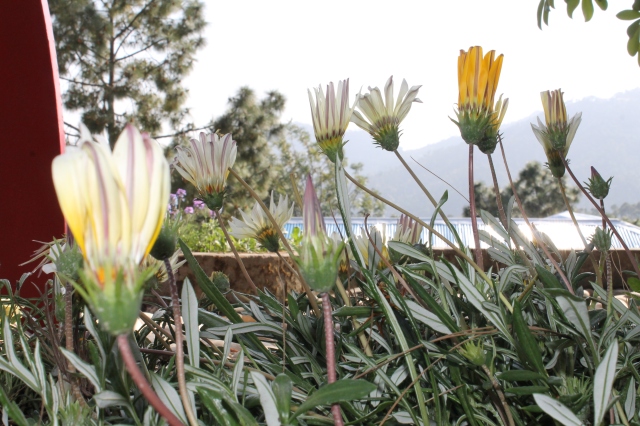
A basics of photo journalism and documentary making workshop was held by We Sprawl in Pinegrove School, Solan , Kasauli, Himachal Pradehs, India. Its a school among gushing pine trees and is one of the top schools in North India. The students cllicked some amazing pictures and their documentary isnow at editing stage.
Posted in Uncategorized
Leave a comment

